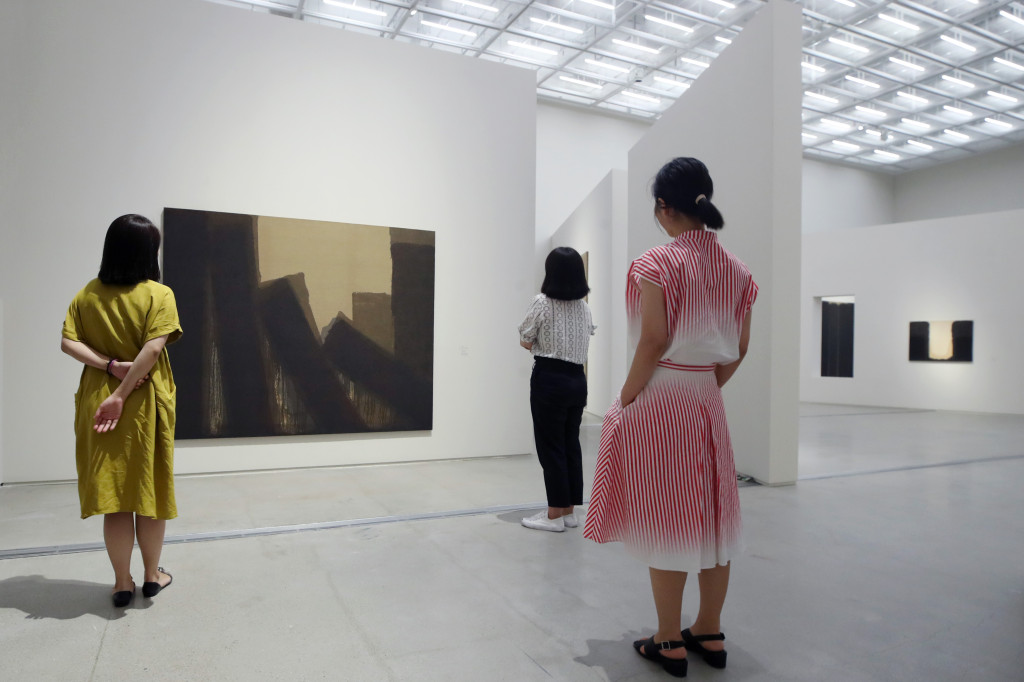[ad_1]
As the new coronavirus (Covid-19) continued its rapid spread throughout the world last month, governments in China, South Korea, and Japan ordered all national museums closed as an aggressive measure to curb the outbreak. Now, as spread of the virus has significantly slowed in the region—after months of lockdowns, quarantines, and testing—the shutdown has begun lifting. Institutions in the countries have tentatively announced plans to reopen their doors, while others have returned to normal operating hours, albeit under strict health measures.
In China, where the earliest cases of the virus were tied to the central city of Wuhan, government officials said that the country had turned a corner in efforts to slow the outbreak. This week, president Xi Jinping made his first visit to Wuhan, which at its worst, was confirming a thousand new cases a day. According to China’s National Health Commission, only 17 new cases have recently been confirmed in the province (to date, the confirmed number of cases in China stands at 80,754). About 500-miles away, Shanghai’s state-funded contemporary art museum Power Station of Art, which also hosts the Shanghai Biennale, and the Shanghai Museum both reopened today after being on lockdown since late January.
Though, visitors should not expect business as usual, as the museum has ramped up its health and safety precautions, which includes daily disinfection protocols as mandated by the government, among other practices. A spokesperson for the Power Station of Art told the Art Newspaper, “We have also prepared a temporary quarantine area on every floor in case of any emergencies. All visitors must have their temperature taken, as well as present their ID card and registered health code, before entering.”
Additionally, both Shanghai museums have limited the amount of visitors to the museum. The Power Station will only allow 500 daily visitors, and all tickets must be booked in advance on the Chinese social media site WeChat. The Shanghai Museum also requires advance bookings on WeChat, and has limited daily occupants to 300 at a time. Visitors at both museums will be required to keep a five-foot distance from one another and wear protective masks while in the galleries. Most other art institutions in mainland China remain closed for now.
[See a list of the major museums around the world that have closed because of the coronavirus.]
In South Korea, which has 7,979 confirmed cases of the virus, the National Museum of Modern and Contemporary Art has planned to reopen its four locations on March 23. Japan’s Kyoto City Kyocera Museum of Art, which has been closed since 2017 for an expansion, has scheduled private previews on March 19, 20 and 23 preceding the public reopening on April 4. The Museum of Contemporary Art Tokyo and Aichi Prefecture’s Toyota Municipal Museum of Art have announced plans to reopen on March 31. Japan’s total coronavirus cases have reached over 1,000.
Elsewhere in the world numerous museums continue to be closed, including in New York, where a vast majority of the city’s dozens of museums have closed, like the Metropolitan Museum of Art, the Museum of Modern Art, MoMA PS1, the Whitney Museum, and the Guggenheim Museum.
[ad_2]
Source link


